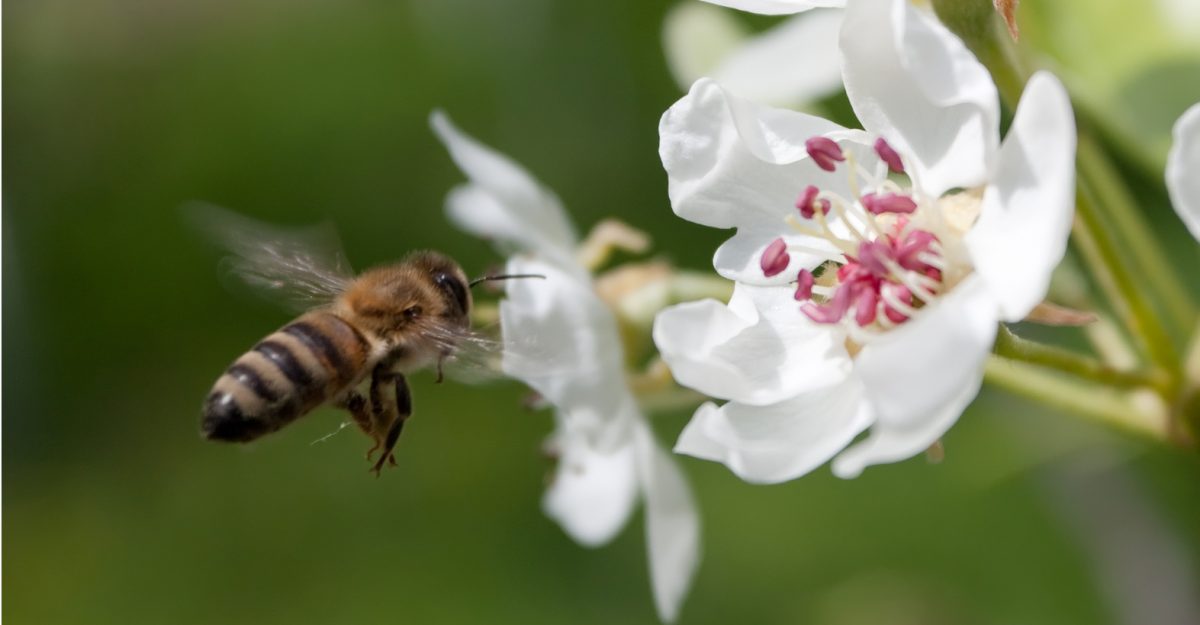New Zealand beekeepers are among the world’s most engaged when it comes to surveying the state of their hives, Manaaki Whenua reports.
More than 49 per cent of Kiwi beekeepers complete the annual New Zealand Colony Loss Survey designed to measure over-winter colony losses in managed honey bee colonies. The survey has been adapted for New Zealand conditions from a European survey.
In Europe, the average response rate is just 5.5 per cent.
Manaaki Whenua Principal Scientist, Economics, Dr Pike Stahlmann-Brown, started running the survey in 2015 on behalf of the Ministry for Primary Industries after beekeepers became concerned about the high rate of colony losses over winter.
Because the survey gets good engagement, Dr Stahlmann-Brown says the data are robust and showing definite trends. The survey is now a widely-cited source of information for the New Zealand primary sector including the honey industry.
In 2015, New Zealand lost 8.4 per cent of its bee colonies over winter. In 2021 this number was 62% higher.
“There were approximately 807,950 honeybee colonies in New Zealand at the start of winter 2021,” he says. “We estimate the overall winter loss rate to be 13.59 percent, meaning that New Zealand lost approximately 109,800 colonies over winter 2021. “If rates had remained at 2015 levels, we estimate there would have been 42,000 fewer colonies lost.”
The presence of varroa mites appears to be driving the increase. For example, Dr Stahlmann-Brown estimated that 1.6 per cent of all living colonies going into winter 2017 were lost to what beekeepers described as varroa. For winter 2021, that figure had risen to 5.3 per cent. That said, “these losses are based on beekeepers’ attributions of losses, not lab tests”.
Dr Stahlmann-Brown says it is important to study these trends as varroa is an invasive species that arrived in New Zealand in 2000. Varroa established itself in Australia for the first time this year.
“4.4 per cent of New Zealand beekeepers didn’t treat for varroa at all during the 2020-2021 season, which is an issue as the mites spread easily between hives. In addition, 40 per cent of beekeepers who used the most popular miticide used less than the recommended dosage, which has the potential to contribute to resistance.”
Currently working on a paper to put a dollar value on colony losses, Dr Stahlmann-Brown notes that 2021 was a particularly difficult year for many beekeepers. He hopes to see a trend reversal for 2022; the survey for this year runs until 15 November.
Source: Manaaki Whenua












